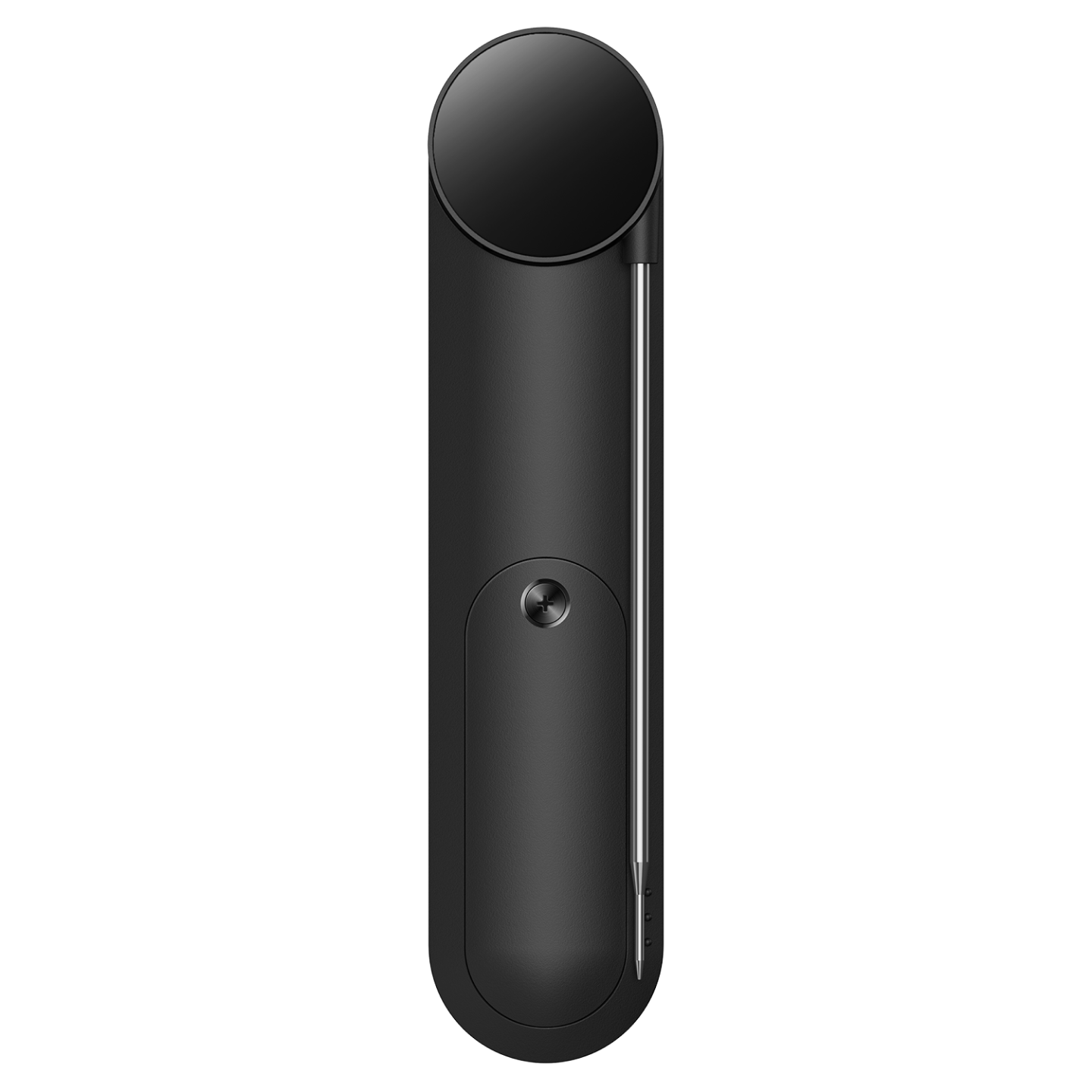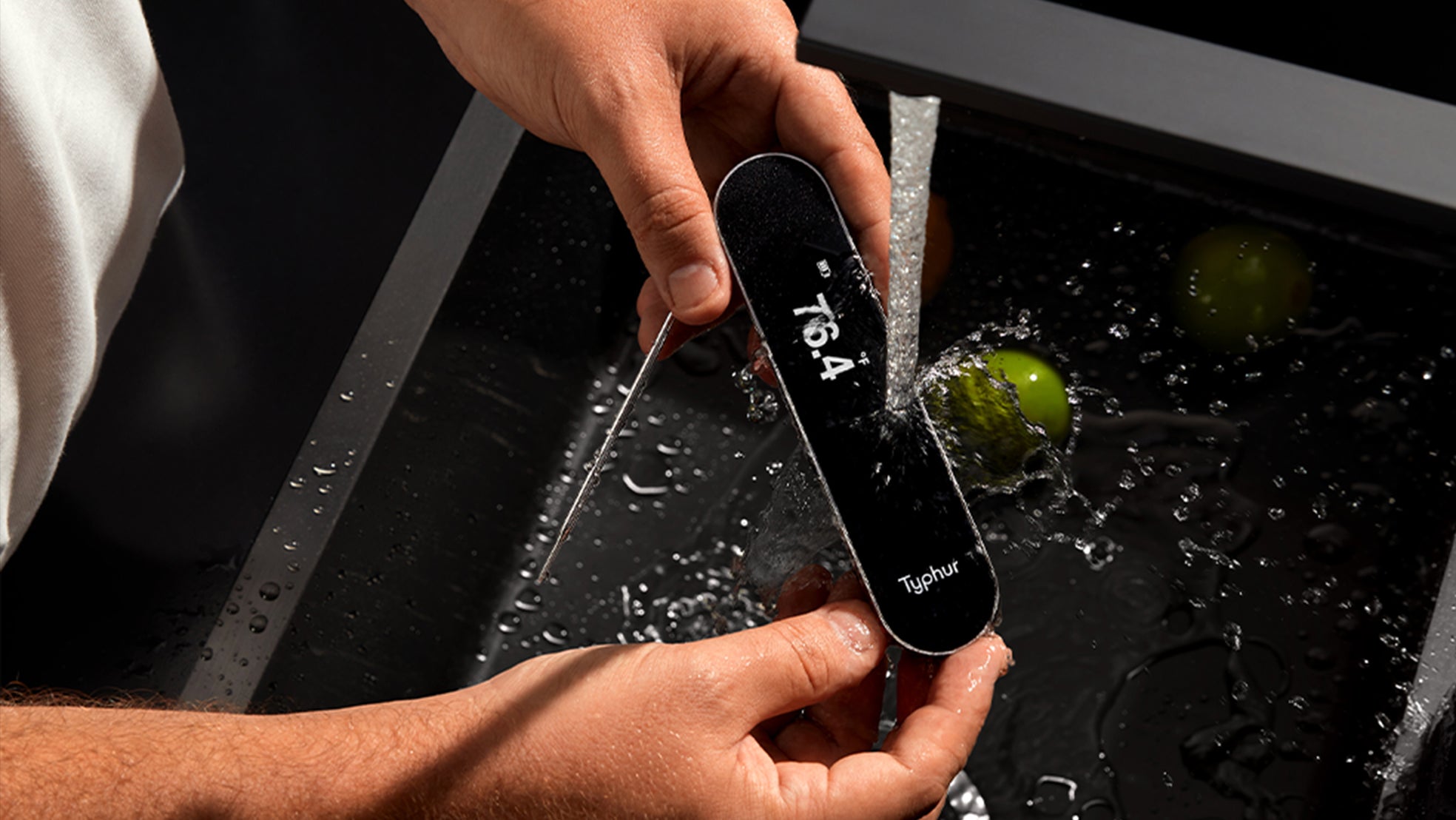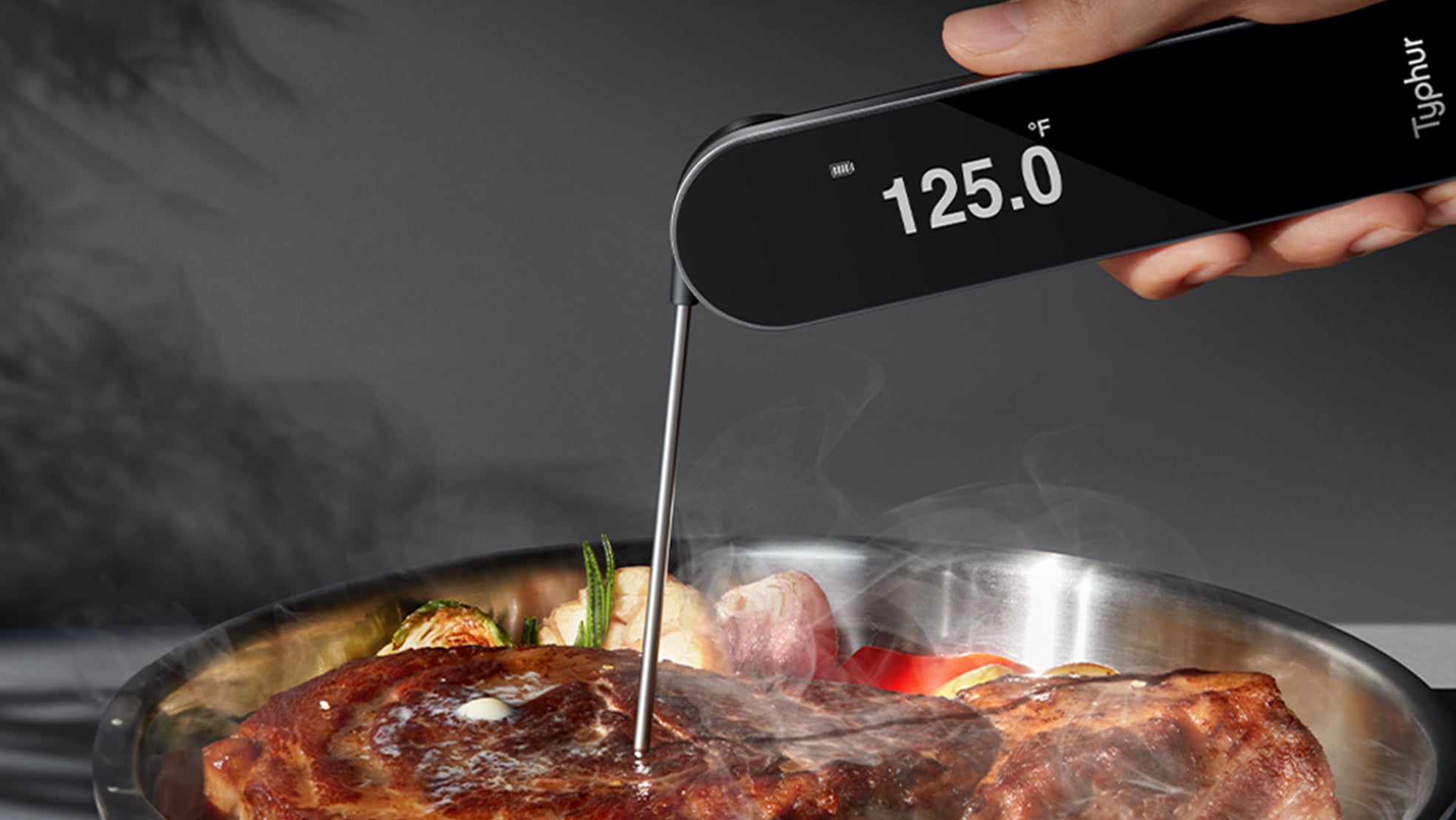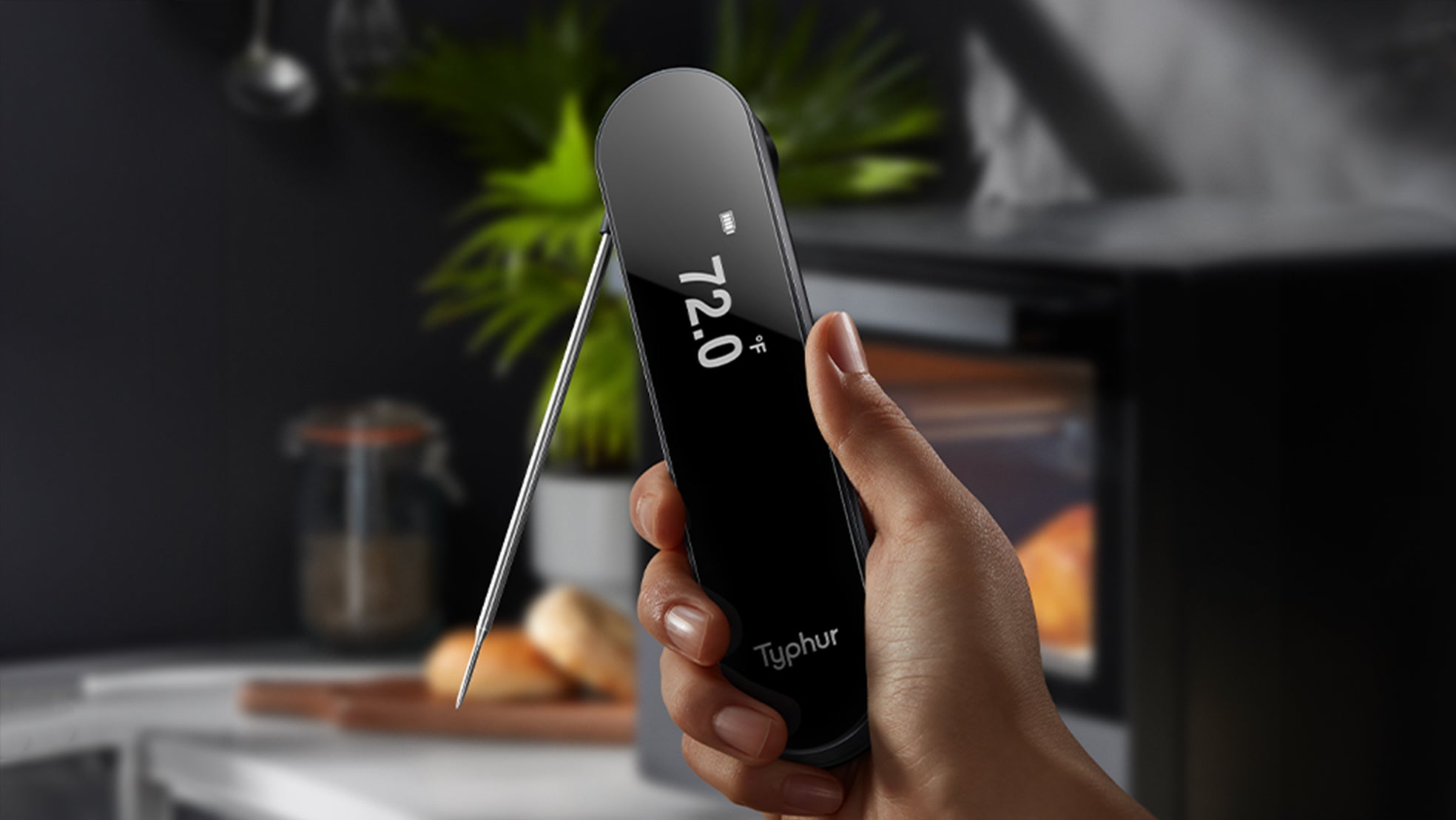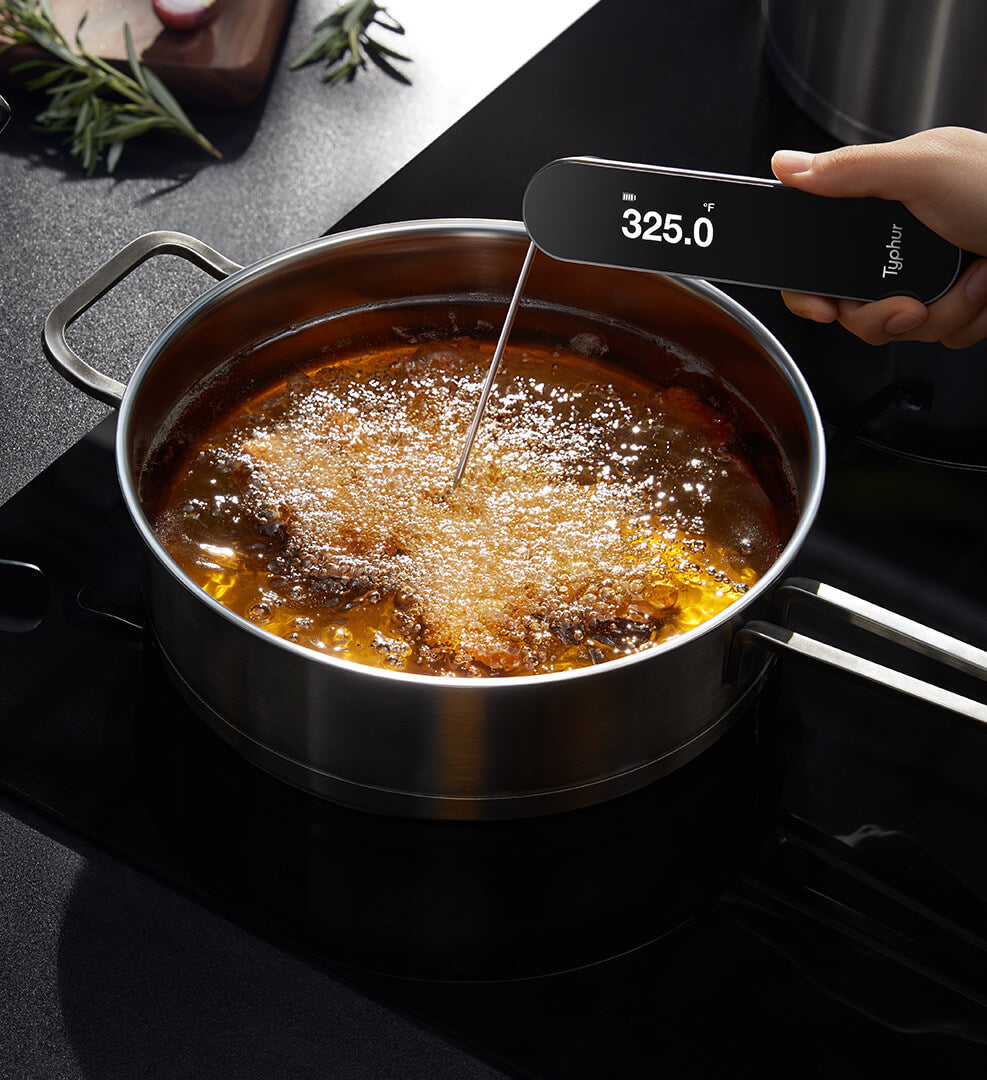
Typhur InstaProbe
#1 in Reading Speed and Accuracy *
Typhur InstaProbe
Instant Read Meat Thermometer
4.9 (131 reviews)
$89
$119
SAVE $30
St. Patrick's Day Sale - Save $30
Get this item for $89 with the code applied.
Code: STP30
Why Typhur
- #1 in Reading Speed and Accuracy*
- #1 in Waterproof Capability (IP67)*
- The Best Digital Meat Thermometers of 2024*
- 10-Year Warranty
1
Order today, delivers:
05/12/2024 - 05/16/2024 - Free
Service
10 years warranty
Free shipping within the U.S.
30-day money-back guarantee
#1 in Reading Speed and Accuracy *

Unmatched in Speed
Advanced DCTi™ Tech for
Ultra-fast 0.5s Readings
DCTi™ (Direct Contact Thermocouple Integration) technology innovates by placing extremely small thermocouple sensing beads directly on the outside of the probe tip instead of the inside, allowing full contact with the target heat source.


Elevating Your Culinary Precision for Superior Results.
Every meat thermometer device undergoes an industry-leading seven-point calibration process that ensures the #1 accurate temperature measurements. NIST-Certified at ±0.5°F.
Typhur InstaProbe
Bringing you
the ultimate cooking
experience
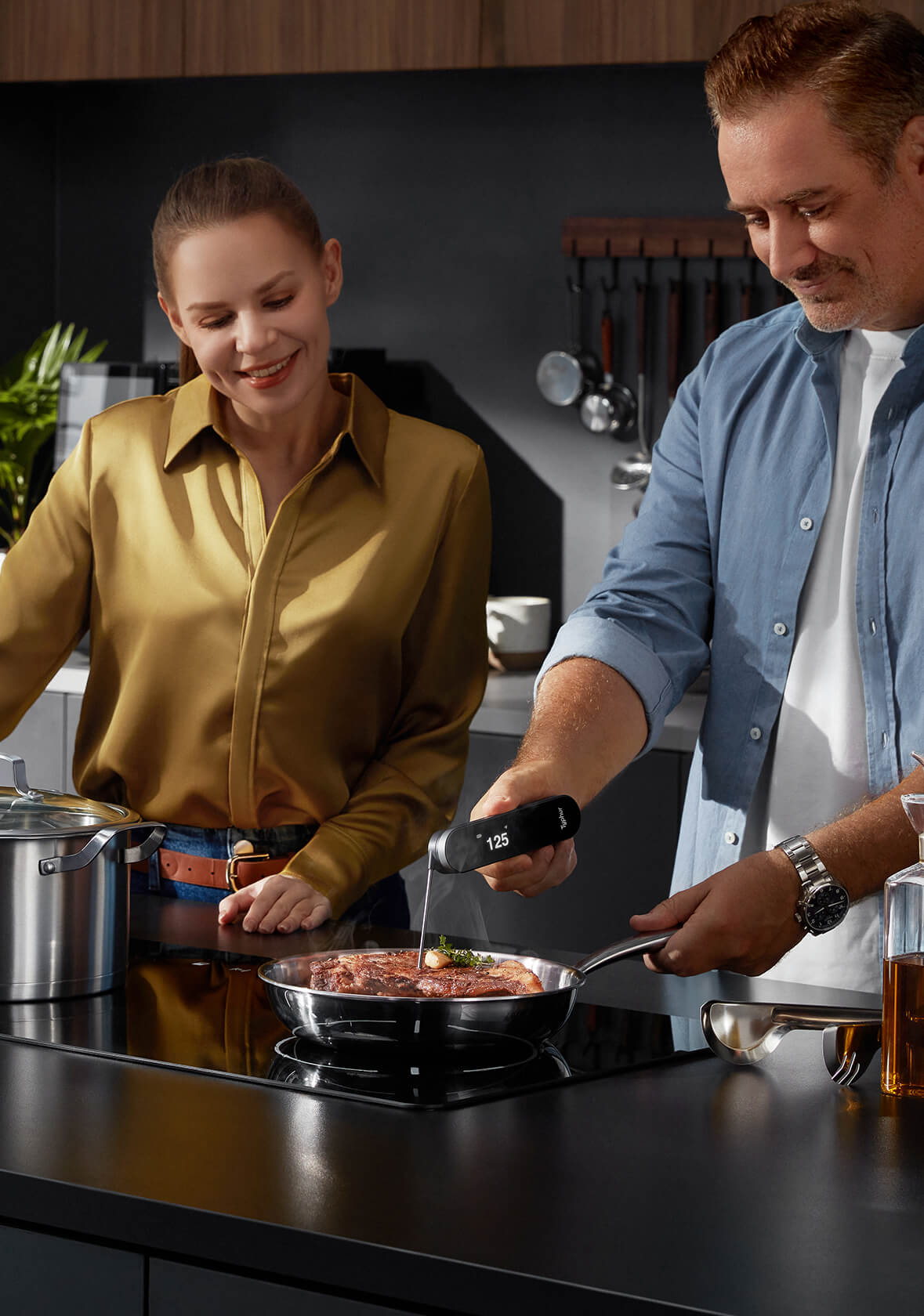
Typhur InstaProbe
Bringing you the ultimate
cooking experience
An Impressive List of Features

Integrated Magnet

OLED Display

#1 in Waterproof Capability (IP67) *
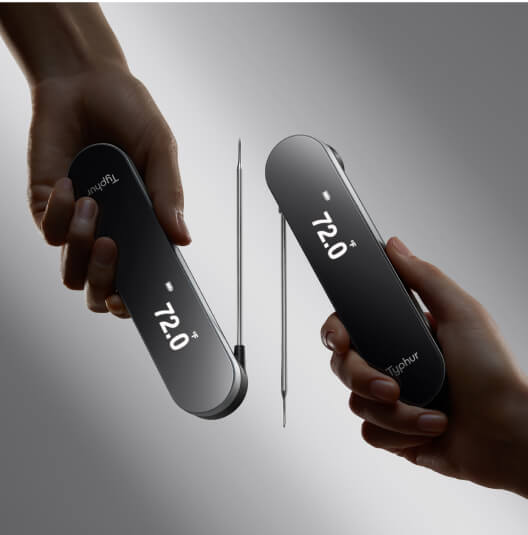
180° Rotating

Motion Sensing
A Multitude of Cooking Scenarios
Notes
#1 in Reading Speed
*Source: Comparing other thermometer brand claims with Typhur's lab data.
#1 in Accuracy
*Source: Comparing other thermometer brand claims with the National Institute of Standards and Technology (NIST).
The Best Digital Meat Thermometers of 2024
*Source: Voted the best digital meat thermometer of 2024 by USA Today.
#1 in Waterproof Capability (IP67)
*Source: Data from Societe Generale de Surveillance S.A. (SGS) is compared with the claims made on the official websites of other thermometer brands.
Reviews
4.9 (131 reviews)


